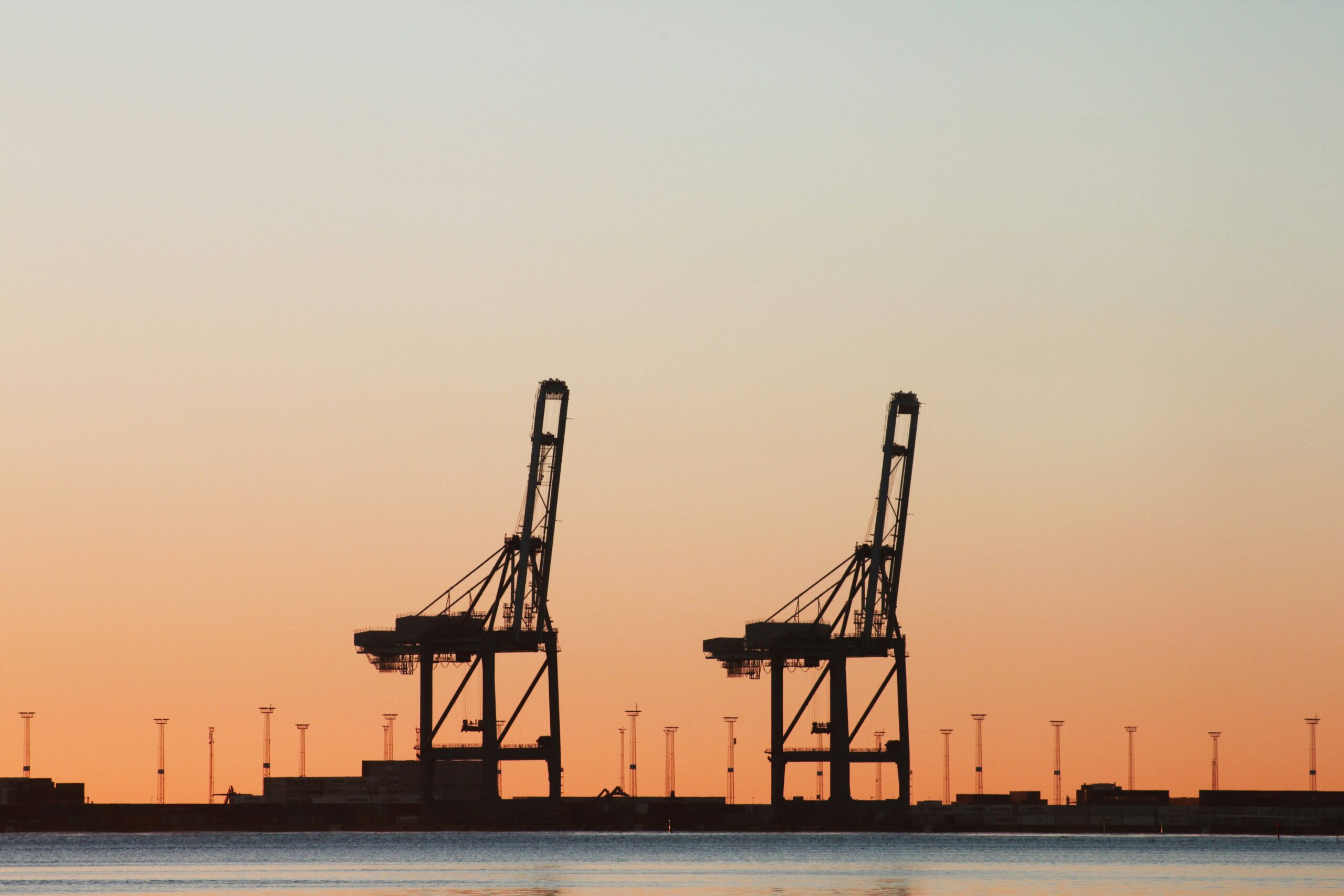Many organizations have seen increased value from in house software development by adopting open source technology and containers to quickly build and package software for the cloud. Usually branded as Digital Transformation, this shift comes with trade-offs not often highlighted by vendors and boutique consulting firms selling the solutions. The reality is moving fast, can break things and without proper constraints, you can expose your organization to significant security, legal and reputational risks.
These are not entirely new revelations. Security experts have long known that supply chains are an incredibly valuable attack surface to hackers. Software supply chain attacks have been used to exfiltrate credit card data, (alleged) nation-state surveillance, and to cash out ATMs. The widespread adoption of open source projects and the use of containers and registries have given hackers new opportunities for harm.
Supply Chain Exposure Goes Beyond Security
These risks are not limited to criminal hacking and fragility in your supply chain comes in many forms. One type of risk comes from single contributors that could object morally to the use of their software, like what happened when one developer decided he didn’t like Trump’s support of ICE and pulled his package from NPM. Or unbeknownst to your legal team, you could be distributing software without proper license, as is the case with any container that uses Alpine Linux as the base image.
Fortunately, understanding these risks is not unknowable. A number of open source tools exist for scanning for CVEs, and recent projects are helping to standardize Software Bill of Materials to help make it easy to check your containers for license and security risks. Knowing is of course only half the battle - securing your supply chain is the end goal. This is where the unique capabilities of Anchore Enterprise can be applied. Creating, managing, and enforcing policy allows you to enforce the constraints that are most applicable to your organization, and allow teams to still move quickly by building on top of open source and container tooling.
Smart Contracts for your Supply Chain
Most sizable organizations have already established best practices around their software supply chain. Network security, tool mandates, and release practices all help to decrease your organization’s risk - but they all are fallible. Where humans are involved, they are sure to choose convenience over security, especially when urgency is involved.
This is the idea behind the Open Policy Agent (OPA) Kubernetes project which can prevent certain containers images from being scheduled, and even integrate with service mesh to route network traffic away from suspicious containers.
At Anchore, we believe that catching security issues at runtime is costly and focus on controlling your path to production through an independent policy engine. By defining policy, and leveraging our toolbox in your pipelines you can enforce the appropriate policy for your organization, team, and environment.
This powerful capability gives you the ability to allow development teams to use tools that are convenient to them during the creative process but enforce a more strict packaging process. For example, you might want to ensure that all production containers are pulled from a privately managed registry. This gives you greater control and less exposure, but how can you enforce this? Below is an example policy rule you can apply using Anchore Enterprise to prevent container images from being pulled from Docker Hub.
"denylisted_images": [
{
"id": "9b6e8f3b-3f59-44cb-83c7-378b9ba750f7",
"image": {
"type": "tag",
"value": "*"
},
"name": "Deny use of Dockerhub Images",
"registry": "dockerhub.io",
"repository": "*"
}
],
By adding this to a policy you can warn teams they are pulling a publicly accessible image, and allow your central IT team to be aware of the violation. This simple contract severs a building block to developing “compliance-as-code” within your Organization. This is just one example of course, you could also search for secrets, personally identifiable information (PII data), or any variety of combinations.
Supply Chain Driven Design
For CIOs and CSOs, focusing on the role of compliance when designing your software supply chain is crucial for not only managing risk, but also to improve the efficiency and productivity of your organization. Technology leaders that do this quickly will maintain distinct agility when a crisis hits, and stand out from their peers in the industry by innovating faster and more consistently. Anchore Enterprise gives you the building blocks to design your supply chain based on the trade-offs that make the most sense for your organization.
More Links & References
How one programmer broke the internet
How a supply chain attack lead to millions of stolen credit cards


